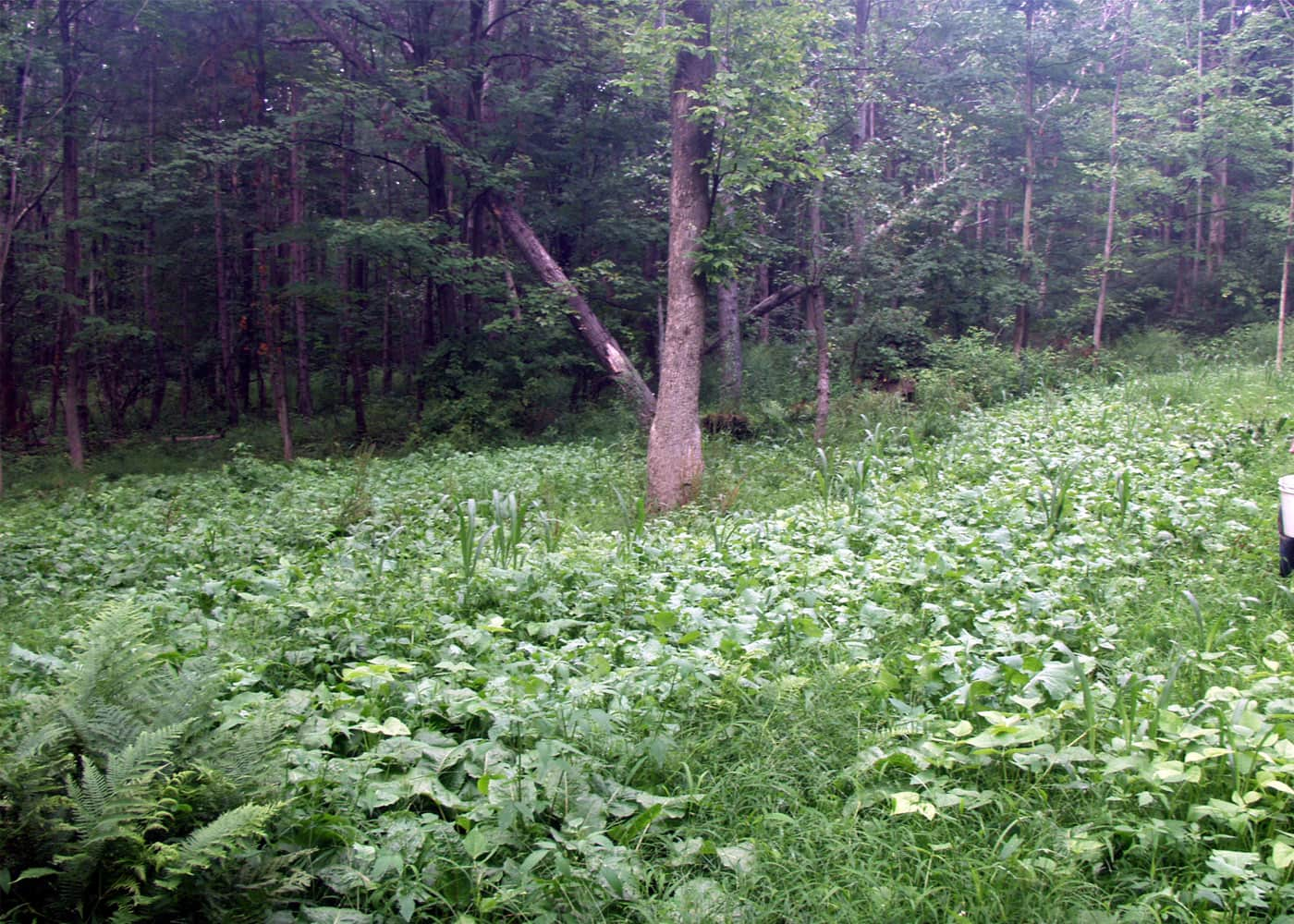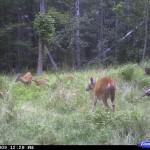Whitetail Food Plots: Honey Holes for All Acreage, Part 1
Whitetail-Food Plots 04.09.12

Many people are skeptical as to whether or not food plots or those ‘honey hole-sweet spots’ in the middle of the woods really work. Well, after almost 24 years of food plotting, I’m here to say, YES, they DO.
After suffering a serious hand injury that limited the range of my deer hunting and hampered my tolerance for cold weather, I was forced to modify the way I hunted. Instead of me going to the deer, I’ve learned that through food plots, I could not only get them to come to me, but also add
antler and body mass.
This four part series of ‘How To’ tech tips will be available over the next week and a half. I hope I can convince deer hunters that you don’t need huge tracts of land (although they have their benefits) to attract, grow and hold big bucks. Fear not, the info will be provided in time to plant by early May.
The first thing we must be aware of as hunters is that in order to have big bucks, you must have all of the following conditions:
- Good genetics of both bucks and does.
- Proper range and soil conditions.
- A proper and abundant food source.
- Low exposure to stress (from both humans and predators alike).
With reference to genetics, range and stress, our influence is limited. A proper food source and soil conditions, now that’s a different story. Here are some factors that are key for having a food plot that is both high in yield and nutritional value.
- You need to mow, remove and kill the weeds in your plot.
- Test the soil, you want the soil pH to be at the optimum ‘sweet spot’.
- Lime the soil to attain that ultimate pH condition.
- Fertilize your food plot, giving the seed/plants a growth boost.
But above all,
- You must have good seed to soil contact.

Those are all important factors for your food plots success. An equally important and often overlooked characteristic is the design/planning or layout of your food plot. I’ve found that an irregular shape with an abundance of corners works nicely.
Deer are very timid when it comes to walking out into large open areas to feed. They like the little ‘poke-outs’ better. These are small 50’ x 60’ cut-outs attached to your main food plot. It seems as though deer get a little braver, and enter those areas to feed first, eventually working their way into the main area of the plot. If all you have is that large rectangular plot, deer may not have enough ‘courage’ to come out and feed until after legal shooting light is over. It’s the little things like that which make hunting whitetails a challenge. If you “hunt tactically”, problems like I just mentioned will be less frequent, and the deer-to-hunter advantage can be equalized through such things as food plots; especially those that are irregular in outline.
Click here to go on to part 2, explaining what to plant, and how to keep the deer bedding close to your plot. My seed of choice is INVITE X-Tream Wildlife System. Located in Ohio, this seed is developed by hunters, for hunters. Check them out at : www.INVITEFPF.com, and mention these ‘How-To Tips’ . Should you have any questions or can’t wait for part two, you can E-mail me at whitetail-foodplots@roadrunner.com. You can also find me on Twitter @foodplotsPaul. See you soon.


